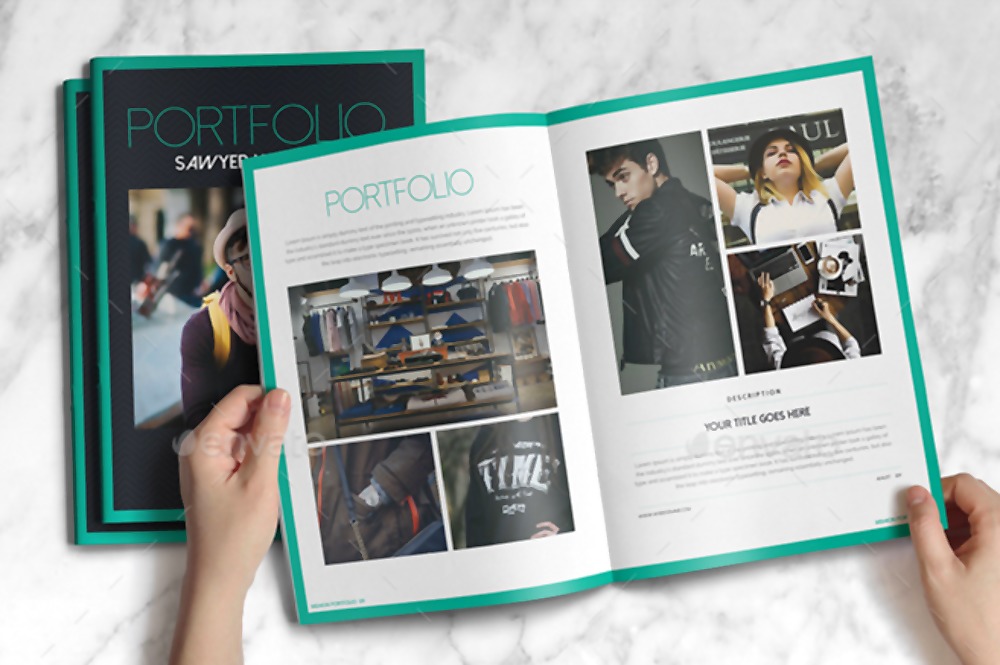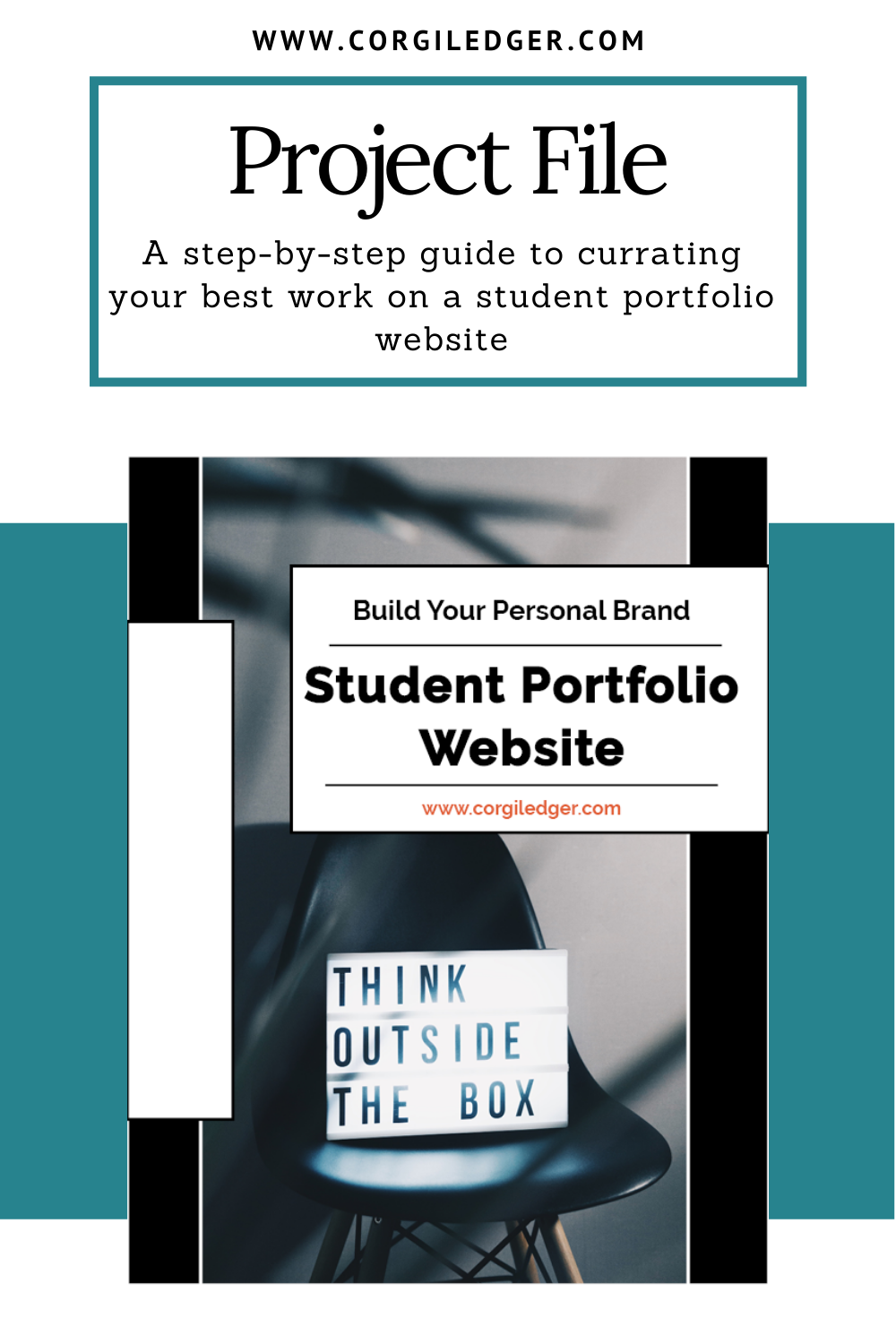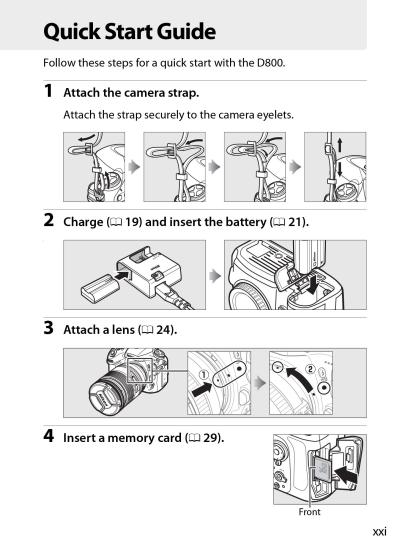Creating a standout Behance portfolio is essential for capturing the attention of potential employers. With a well-curated selection of your work, you can effectively showcase your skills and creativity. Consider these five tips to differentiate yourself and make a lasting impression on employers browsing through portfolios.
Understand Your Target Audience
 Before you start building or updating your portfolio, it’s crucial to understand who your audience is. Employers are often looking for specific skills or styles tailored to their industry. Research the types of companies you want to work for and identify the qualities they value in a candidate’s portfolio. Focus on showcasing your best work relevant to these employers’ needs. This could mean highlighting projects that align with their aesthetic, techniques that fit with their ongoing projects, or solutions that demonstrate problem-solving capabilities. Tailoring your portfolio to appeal to your targeted audience can help you make a more meaningful connection with potential employers.
Before you start building or updating your portfolio, it’s crucial to understand who your audience is. Employers are often looking for specific skills or styles tailored to their industry. Research the types of companies you want to work for and identify the qualities they value in a candidate’s portfolio. Focus on showcasing your best work relevant to these employers’ needs. This could mean highlighting projects that align with their aesthetic, techniques that fit with their ongoing projects, or solutions that demonstrate problem-solving capabilities. Tailoring your portfolio to appeal to your targeted audience can help you make a more meaningful connection with potential employers.
Showcase a Diverse Range of Work
 A diverse portfolio is key to demonstrating your versatility as a designer or artist. Showcasing a wide array of projects not only highlights your skillset but also reflects your adaptability to different styles and challenges. Include various types of work such as graphics, branding, illustrations, or photography, depending on your field. This will allow employers to see how you can contribute to different aspects of their projects. Moreover, featuring personal projects alongside client work can indicate your passion and drive. Ensure that each piece is of high quality, because it’s not just about quantity; a curated selection will speak volumes about your professionalism. Create organized sections or categories to help employers navigate your work smoothly.
A diverse portfolio is key to demonstrating your versatility as a designer or artist. Showcasing a wide array of projects not only highlights your skillset but also reflects your adaptability to different styles and challenges. Include various types of work such as graphics, branding, illustrations, or photography, depending on your field. This will allow employers to see how you can contribute to different aspects of their projects. Moreover, featuring personal projects alongside client work can indicate your passion and drive. Ensure that each piece is of high quality, because it’s not just about quantity; a curated selection will speak volumes about your professionalism. Create organized sections or categories to help employers navigate your work smoothly.
3. Optimize Your Project Descriptions
 When it comes to showcasing your work on Behance, the project descriptions are just as crucial as the visuals. A well-crafted description can draw employers in and provide them with context about your designs. Here are some tips to enhance your project descriptions:
When it comes to showcasing your work on Behance, the project descriptions are just as crucial as the visuals. A well-crafted description can draw employers in and provide them with context about your designs. Here are some tips to enhance your project descriptions:
- Tell a Story: Rather than just listing features of your project, narrate the journey – from the problem to the solution. Explain your creative process, challenges you faced, and how you overcame them.
- Highlight Key Skills: Employers are often looking for specific skills. Be sure to mention software used, methodologies applied, and techniques learned throughout the project.
- Use Keywords: Incorporate relevant keywords that potential employers might search for. This can help improve the visibility of your portfolio.
- Be Concise: While details are important, keep your descriptions clear and to the point. Aim for engaging yet succinct prose to maintain interest.
Finally, don’t forget to proofread! Spelling and grammatical errors can detract from your professionalism and could give employers the wrong impression of your attention to detail.
4. Use High-Quality Visuals and Layouts
Your portfolio’s visuals are its backbone – they need to be striking and professional. Here’s how to ensure your images are making the right impact:
- High-Resolution Images: Always use high-resolution images in your projects. Blurry or pixelated visuals can undermine the quality of your work, so invest time in editing and optimizing your images before uploading.
- Consistent Style: Maintain a consistent visual style across your projects. This not only creates a cohesive look but also represents your unique brand identity.
- Professional Layout: Consider layout design when presenting your visuals. Use grids or structured layouts to avoid clutter and ensure that each element is easy to navigate.
- Show Before and After: If applicable, consider showcasing a “before and after” to highlight your impact. This can be particularly effective for projects involving redesigns.
Lastly, don’t forget to include mockups! Presenting your designs in real-world contexts can help employers visualize their application, making your portfolio even more compelling.
5. Engage with the Behance Community
One of the best ways to make your Behance portfolio stand out is to get involved with the Behance community. This platform isn’t just a place to showcase your work; it’s also a social network where you can connect with other creatives. Here’s how to engage effectively:
- Appreciate Others’ Work: Take the time to browse through projects by fellow creatives. If you find something you like, don’t hesitate to give it an appreciation! This simple gesture can lead to increased visibility for your own work.
- Leave Thoughtful Comments: When you appreciate someone’s work, consider leaving a comment that adds value. A few words about what you loved about their project can foster connections.
- Follow Other Creatives: Build your network by following artists whose work inspires you. This can lead to collaborations or feedback opportunities that enhance your portfolio.
- Join Groups and Discussions: Engage in community groups relevant to your field. This can help you stay updated on industry trends and can put you in touch with potential employers.
Remember, the more you interact with others, the more likely they are to return the favor. Community engagement not only highlights your personality but also makes your profile more visible. It’s about building relationships and not just collecting views on your work!
6. Regularly Update Your Portfolio
In the fast-paced creative world, keeping your portfolio fresh and relevant is crucial. Regular updates can keep your work looking current and aligned with your evolving skills. Here are some tips for maintaining an up-to-date Behance portfolio:
- Add New Projects: Whenever you finish a new project or campaign, don’t wait too long to upload it! This shows potential employers that you’re active and continuously creating.
- Refine Old Projects: As you gain more skills, go back to older projects and make improvements. Update your presentations, add new insights, or refine the descriptions to reflect what you’ve learned.
- Set a Schedule: Consider setting a monthly or quarterly reminder to review your portfolio. This ensures that you’re regularly assessing what you have and what should be refreshed or removed.
- Highlight Key Skills: Make sure your portfolio showcases your most relevant skills and experiences. If you learn something new that’s pertinent to your niche, create a project that reflects this!
Employers appreciate seeing growth and development, and by presenting a well-maintained portfolio, you’re signaling that you’re serious about your craft. Take the time to ensure your portfolio reflects your latest and greatest work – it can make all the difference when it comes to landing that dream job!
7. Utilize Keywords for Search Optimization
When it comes to crafting an eye-catching Behance portfolio, one of the most underrated strategies is the strategic use of keywords. Just like with search engine optimization (SEO) for websites, the right keywords can help your work appear in searches and grab the attention of employers. Here’s how to effectively utilize keywords:
- Think Like Your Audience: Consider what terms potential employers might search for. Are they looking for “graphic designer,” “illustrator,” or “UI/UX practitioner”? Use these terms naturally in your project titles, descriptions, and tags.
- Make Use of Tags: Behance allows you to add tags to your work. Choose relevant tags that relate directly to your project. For instance, if your project is centered around web design, include tags like “web design,” “responsive design,” and “user experience.”
- Project Descriptions: In your project descriptions, make sure to include important keywords without overstuffing. A well-crafted, descriptive summary of your work can naturally incorporate these terms.
- Stay Updated: Trends change, and so do keywords. Stay current by following industry trends and updating your keywords to reflect what employers are actively looking for.
Remember, the goal is to ensure your work is discoverable. By effectively utilizing keywords, you’re not just enhancing your visibility; you’re giving employers an accurate snapshot of your skills and expertise!
8. Network and Promote Your Work
Having a stunning portfolio isn’t enough if it doesn’t reach the right people. Networking and promotion are essential components of making your Behance profile stand out to employers. Here are some effective strategies:
- Connect with Other Creatives: Join communities on Behance where you can engage with fellow artists, designers, and potential collaborators. Commenting on others’ work or participating in discussions can help you build relationships in the industry.
- Utilize Social Media: Share your Behance projects on platforms like Instagram, Twitter, and LinkedIn. Use relevant hashtags to enhance visibility and connect with like-minded professionals.
- Be Active: Consistently update your portfolio with new projects. This not only showcases your latest work but also signals to potential employers that you’re engaged and active in your field.
- Join Creative Groups: Participate in online groups or forums that are relevant to your profession. These can be excellent places to share your work and receive feedback, while also enhancing your network.
Promoting your work isn’t just about self-promotion. It’s about building a community, learning from others, and expanding your reach. By embracing networking and actively promoting your Behance portfolio, you’ll not only stand out to employers but also foster a network that can support you in your creative journey!
5 Tips for Making Your Behance Portfolio Stand Out to Employers
Creating a standout Behance portfolio is crucial for making a lasting impression on potential employers. Here are five tips that can help you elevate your portfolio and showcase your skills effectively:
1. Curate Your Best Work
Quality over quantity is key in portfolio presentation. Select only your strongest pieces that reflect your unique style and skills. Aim for the following:
- Include a variety of projects to showcase versatility.
- Highlight your personal favorites and those that received the most positive feedback.
2. Craft Engaging Project Descriptions
Employers appreciate context. Provide concise yet informative descriptions of each project, including:
- Purpose of the project
- Your role and contributions
- Challenges faced and how you overcame them
Example: “For this branding project, I led the design from concept to completion, focusing on creating a cohesive identity that speaks to the target audience.”
3. Utilize High-Quality Visuals
Visual appeal is central to a successful portfolio. Ensure your images are:
- High-resolution for clarity
- Properly lit and composed
- Tailored to the style of the work presented
4. Maintain Consistent Branding
Your portfolio should reflect your individual branding. Consider using a consistent color palette, typography, and layout throughout your projects to create a harmonious look. This not only makes your portfolio visually appealing but also helps in establishing your personal brand.
5. Seek Feedback and Iterate
Finally, don’t hesitate to seek constructive feedback. Share your portfolio with peers, mentors, and industry professionals to gain insights. Use their suggestions to refine your presentation, making necessary adjustments to improve the overall quality and impact of your portfolio. In conclusion, by curating high-quality work, providing engaging descriptions, utilizing striking visuals, maintaining consistent branding, and iterating based on feedback, you can create a Behance portfolio that captivates employers and effectively showcases your talents.


